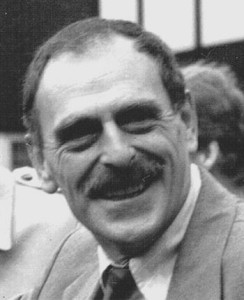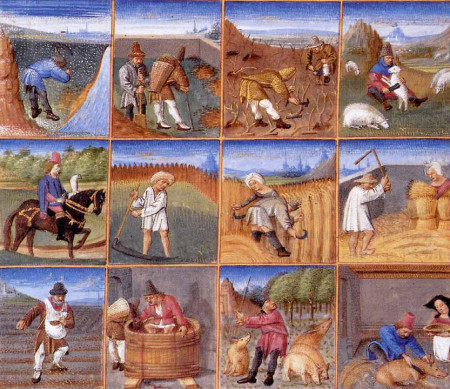 Mike Jackson’s obituary of Trevor Williams is up at Genetic Resources and Crop Evolution, and it’s open access.
Mike Jackson’s obituary of Trevor Williams is up at Genetic Resources and Crop Evolution, and it’s open access.
Australian Aboriginal agriculture?
Watching a very poignant interview with Bruce Pascoe, an indigenous Australian writer, alerted me to the fact that his most recent book, Dark Emu, which was out last year, is apparently a reconsideration of whether Aboriginal peoples were in fact solely hunter-gatherers. That is what the conventional wisdom holds, or at least held, the last time I checked. I clearly haven’t checked in a while.
Hunter-gatherer societies forage and hunt for food and do not employ agricultural methods or build permanent dwellings… But as I read these early journals, I came across repeated references to people building dams and wells, planting, irrigating and harvesting seed, preserving the surplus and storing it in houses, sheds or secure vessels…and manipulating the landscape.
I’ve only been able to find one academic review of the book online. Is it being ignored by the establishment?
Nibbles: Organic research, Plant models, Tabasco peppers, Andean shepherds, Weird pigs, Wild rice harvesting, Heritage ducks, Nutrient content
- An investment in organic research. At last.
- Plant models go online. Not those kinds of models.
- Where the peppers for Tabasco sauce come from.
- Apparently, “[w]hite alpacas have been overbred.” But not that kind of breeding, I think.
- Pigs are weird.
- Learn how to make poles. Yes, those kinds of poles.
- Even ducks can be heritage.
- Higher carbon dioxide bad for nutrition.
Saluting Edmond Albius
By the late 18th century, a ton of Mexican vanilla was worth … “its weight in silver.”
That’s just one of the fun facts I learned from Robert Krulwich’s rendering of the bittersweet story of the slave boy on the Indian Ocean island of Réunion who discovered how to manually pollinate vanilla. Or did he? Well, that’s the point of the story. If you read the whole thing over at National Geographic’s blogs, you also get the benefit of some really charming drawings.
Ruralium commodorum
Medievalists.net has a great article today on the yearly cycle of farming activities, as illustrated in a 15th century manuscript. It reminded me that I really ought to link to FAO’s crop calendar database one of these days.
